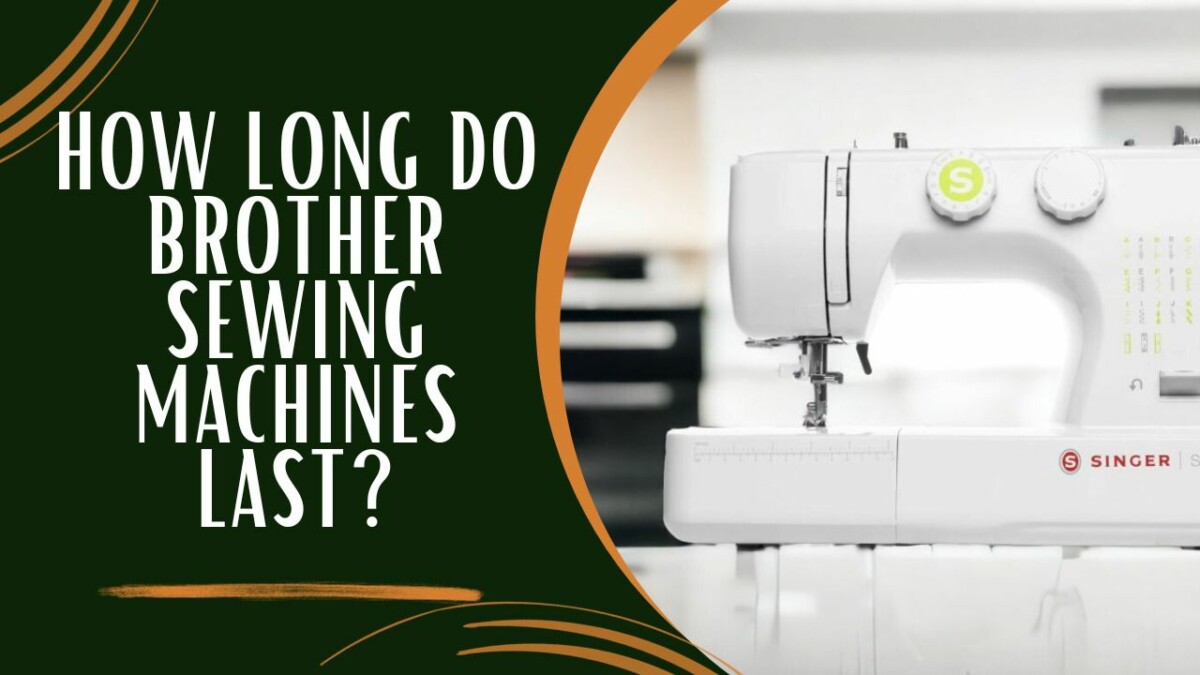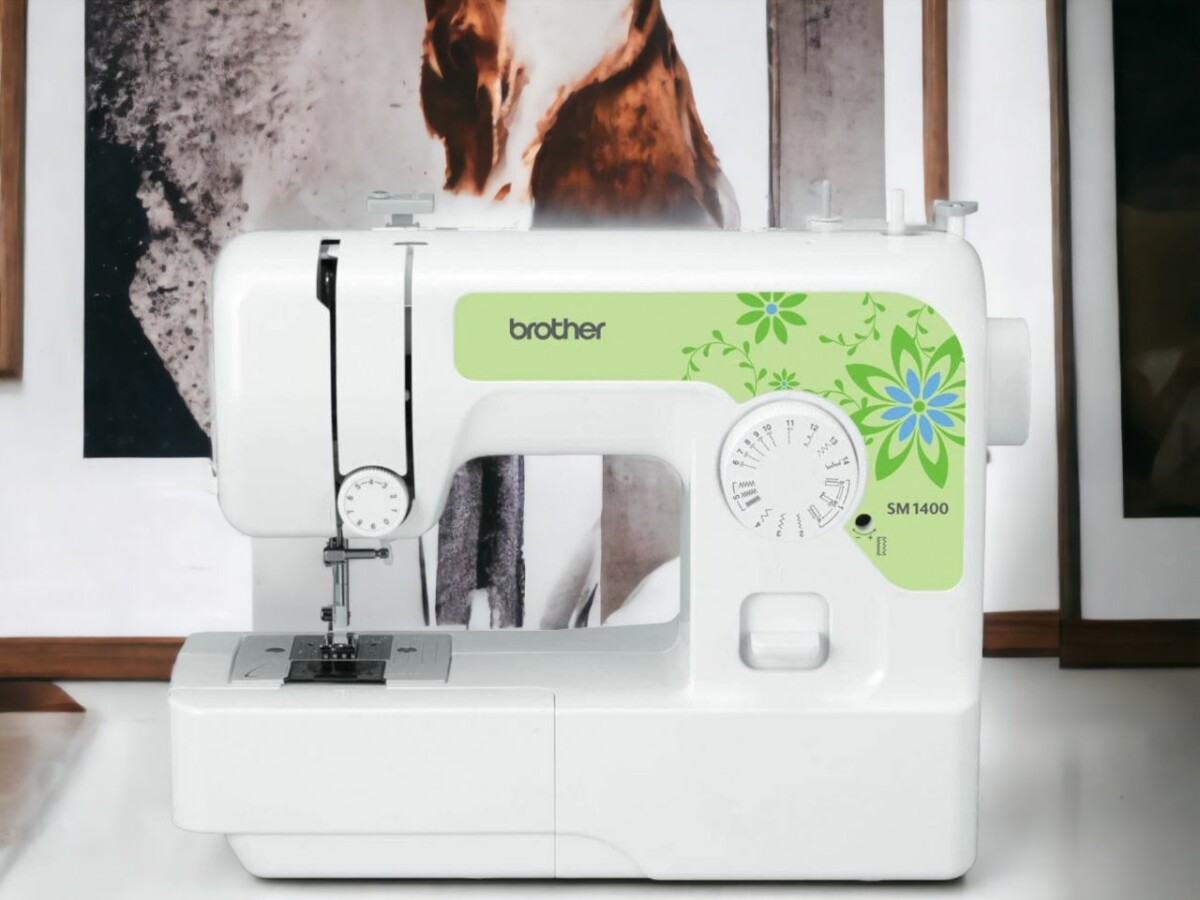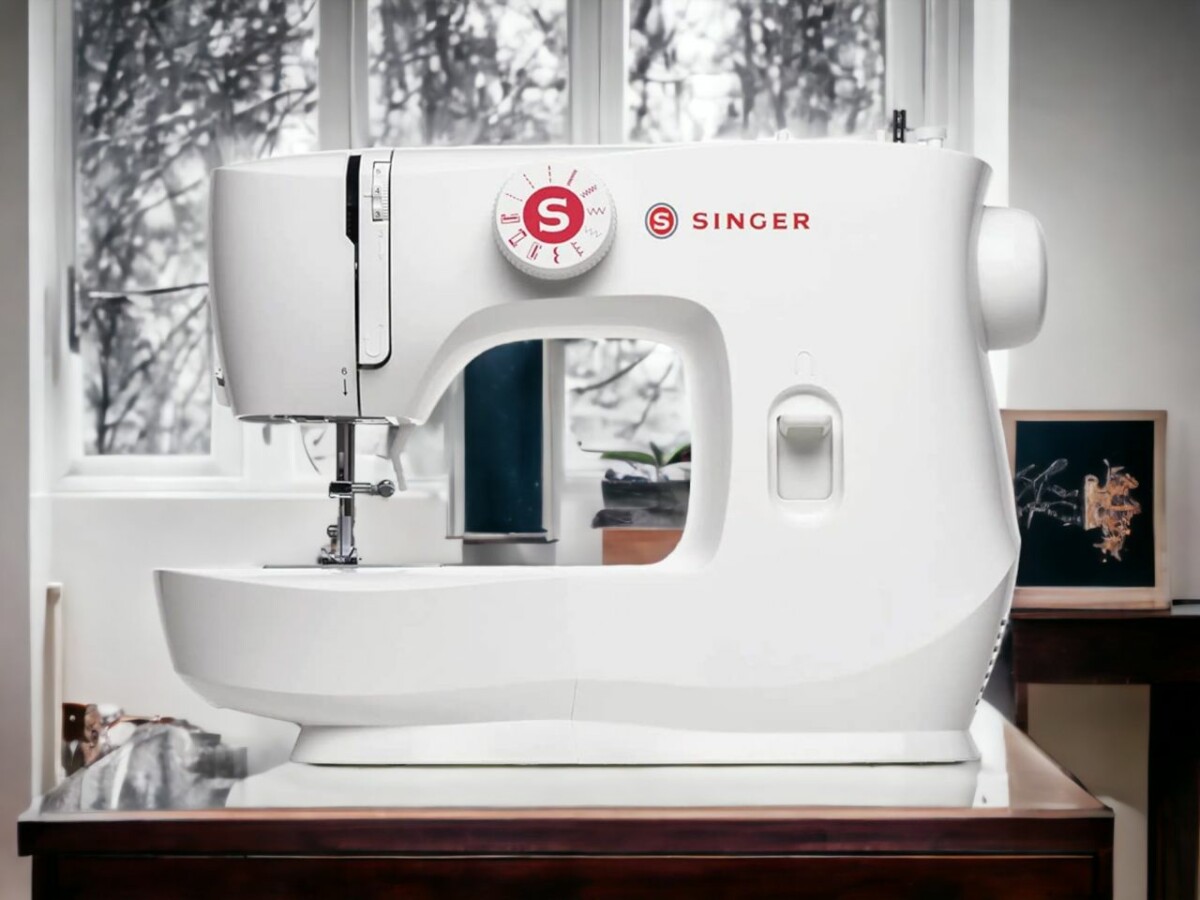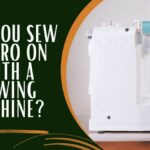So, you’ve got your shiny new Brother sewing machine all set up and you’re probably wondering, how long is this beauty gonna stick around? Trust me, you’re not the only one with this question. The lifespan of these machines can be a bit of a mixed bag. There’s a whole bunch of stuff that can affect it, like the brand, whether it’s a vintage or a new model, and how well you look after it.
But don’t sweat it, we’re about to dive deep into the world of Brother sewing machines and their lifespans. We’re gonna equip you with all the knowledge you need to make a smart decision.
So, get comfy, maybe grab a cup of joe, and let’s get into the nitty-gritty of sewing machine lifespans. Trust me, it’s more interesting than it sounds.
What’s the Lifespan of a Brother Sewing Machine?
Properly cared for and regularly maintained, Brother sewing machines can last for years on end. Depending on the model and usage, their lifespan can range from 5 to 25 years, sometimes even more.
So, here’s the real scoop on the durability of Brother sewing machines, from the mouth of people who’ve actually used them. It’s a mixed bag, to be honest. Some peeps totally love their machines and rave about how long they’ve lasted, while others aren’t so jazzed.
Now, there’s a bunch of stuff that can affect how long these babies last. For example, if you’re the sort to regularly clean and oil your machine, chances are it’s gonna stick around for a while. But, there’s also this thing about the materials they’re made of. See, these new Brother models have plastic parts, which don’t quite measure up to the old-school metal parts when it comes to durability.
And let’s not forget about the brand war. Some users swear by Janome and Juki, claiming that they’re way more reliable. It’s also important to note that not all Brother models are created equal. The ones you can snag on Amazon may not be as premium as the ones you find in specialized stores, hence the difference in user satisfaction.
At the end of the day, it all boils down to how you use and maintain your machine. So, if you’re meticulous with your sewing machine, it’s likely to be your trusty sidekick for a good long while.
The Longevity of Vintage Vs. Modern Sewing Machines
Choosing between a vintage sewing machine known for its toughness and a modern one loaded with all the latest features can be seriously tough. Here’s the low-down:
Vintage machines are built to last with their sturdy metal parts. Their big plus points are their long-lasting nature and simplicity. But on the downside, they may not have all the latest bells and whistles, and finding spare parts could be a real pain.
On the flip side, modern machines are all about advanced features and convenience. However, they mightn’t last as long, mainly because they’re made up of plastic parts. So, when making the final call on a sewing machine, think about how often you’ll be using it, how well you can maintain it, and the brand’s track record.
Don’t forget, whether you go for a vintage beauty or a modern marvel, giving it a regular TLC can seriously up its longevity. So, either way, you’re good as long as you take care of it.
Comparing Brother Machines to Other Brands
When you’re on the hunt for the perfect sewing machine, it’s all about checking out Brother against the other big brand names. You’ve got to take into account their performance, how long they last, and of course, the price tag.
Let’s take the Brother vs Janome rivalry, for instance. Both brands have a pretty solid lineup to cater to all levels of sewing skills. But if we’re talking about durability, then Janome often takes the cake.
Now, in the Brother vs Juki face-off, Juki’s top-notch industrial models are famed for their lasting power. It’s interesting to note that Brother machines usually come with plastic bits, while Janome and Juki go for more metal components. This could mean a longer lifespan for Janome and Juki machines. But hey, no matter what brand you choose, maintenance is a game-changer. Regular cleaning and oiling will keep your machine purring like a kitten.
At the end of the day, the best choice really depends on your personal sewing needs and how much you’re willing to spend. So, take your time and pick the one that really suits you.
The Impact of Plastic Parts on Machine Durability
It’s no secret that many of today’s sewing machines, like those from Brother, are packed with plastic parts. This can seriously shake up their overall sturdiness and lifespan. The whole plastic part deal isn’t always a downer, but it’s something you’ll definitely want to factor in when sizing up the staying power of a Brother machine.
Remember these three crucial takeaways:
- Material Quality: Let’s get real, not all plastic is born equal. Top-notch plastic parts can still bring a solid level of durability to the table.
- Maintenance: A little TLC can go a long way. Regular cleanups and oiling can pump up the lifespan of your machine, even if it’s stacked with plastic bits.
- Use: High-intensity sewing gigs might cause the plastic parts to tap out quicker than lighter tasks. Getting a grip on your sewing needs can help you nail a more informed choice.
The Role of Regular Maintenance in Extending Machine Lifespan
Taking good care of your Brother sewing machine isn’t just a good idea, it’s pretty much mandatory if you’re looking to stretch out its lifespan. You seriously can’t downplay the importance of keeping it clean and well-lubed. Like any piece of tech, the sewing machine collects dust and dirt, which, over time, can mess with how it works. Regular cleaning nips this problem in the bud, ensuring your machine runs like a dream.
Now, let’s talk about oiling. This isn’t just some random suggestion, it’s a big deal. It keeps the machine’s moving bits from wearing out too soon. Think of it like skincare for your sewing machine. Without it, your machine is as good as toast.
The difference regular maintenance can make on your machine’s lifespan is huge. A bit of TLC can add years onto its life, saving you the hassle (and cost) of replacing a busted machine.
In Conclusion: Sewing Machine Longevity and Value
Now, let’s wrap this up. We’ve been hung up on Brother sewing machines, but there’s a wide array of sewing options out there, each with a different lifespan. For instance, it’s important to take a look at how long Computerized Sewing Machines generally last. This tech-fused kit can really ramp up your sewing game, but it’s crucial to know whether these high-tech marvels are worth the investment, right?
Additionally, it’s worth comparing Brother machines to other brands, like Singer. You might ask, “What’s the durability of Singer Sewing Machines compared to Brother counterparts?” A fair question, considering Singer’s long-standing reputation in the game.
And let’s not forget about those who are attracted to the charm and elegance of older models. How much would Antique Sewing Machines sell for these days? Do they maintain their value or do they gather dust as old relics? Don’t overlook these classics – they could add personality to your craft or end up being a valuable investment.
Remember, longevity and value often come hand in hand. Choose wisely, my fellow sewers and happy sewing!
I have been in the embroidery field for over 10 years. My career first started when I was an apprentice to a local seamstress where I started to learn the basics of garment construction and alterations. That’s where I started to love sewing and began to hone my skills even more.







